Imagine stepping into a dwelling that exudes an aura of tranquility and functional simplicity, where every design element echoes the surrounding natural landscapes and pays homage to a deep-rooted cultural heritage. Welcome to the realm of Scandinavian House designs, an architectural style that has its roots deeply embedded in the climatic conditions, cultural nuances, and breathtaking landscapes of Scandinavia. This unique architectural language captures the essence of Nordic living while boasting a global appeal that has managed to transcend geographical and cultural borders. As we journey through the fascinating world of Scandinavian house designs, we explore their historical background, distinctive characteristics, famous examples, and their global influence and adaptation.
Historical Background of Scandinavian House Design
The Evolution and Influences of Scandinavian House Design
Scandinavian house design, with roots in the Viking era (c. 800 to 1050 AD), utilized local materials like timber and stone for the construction of multi-functional elongated structures known as longhouses that served both as homes and livestock shelters. This design ethos of functionality, simplicity, and connection to nature has carried over into modern Scandinavian design.
As socio-economic landscapes, technological advancements, and cultural shifts took place over the centuries, Scandinavian design adapted accordingly. Even so, these transformations managed to retain the basic tenets of Viking era design. Wooden cottages and farmhouses with steeply pitched roofs took precedence in the 18th and 19th centuries, in rural Scandinavia, designed specifically to endure harsh winters.
The geography and climate of Scandinavia distinctly influenced its architectural trends. Design elements and materials reflected the challenges of the region – extensive use of wood for its insulation properties against cold, and large windows to maximize the intake of natural light during the shorter daylight hours.
Societal values also played a significant role in shaping Scandinavian house design. The functional, minimalist aesthetic is a result of the Scandinavian philosophy of “hygge” (comfort), “lagom” (balance), and a deep respect for nature.
The onset of the 20th century brought unprecedented growth and the democratization of design in Scandinavia. Architects such as Alvar Aalto and Arne Jacobsen combined traditional craftsmanship with modernistic aspects, crafting timeless designs that are simple, functional, and aesthetically pleasing.
In response to wartime economic restraints and a housing shortage, Sweden introduced a state-led housing project known as ‘Folkhemmet’ (People’s home) in the mid-20th century. This resulted in housing designs that were modest, utilitarian, and affordable.
Contemporary Scandinavian house design adapts to evolving technologies and sustainability demands with a trend toward eco-friendly and energy-efficient homes, thus reaffirming their commitment towards environmental conservation.
Throughout its history, Scandinavian house design has been molded by societal shifts, climatic variations, and geographical factors, yet the heart of the design philosophy remains unchanged. It’s an embodiment of simplicity, functionality, and respect for the natural world.
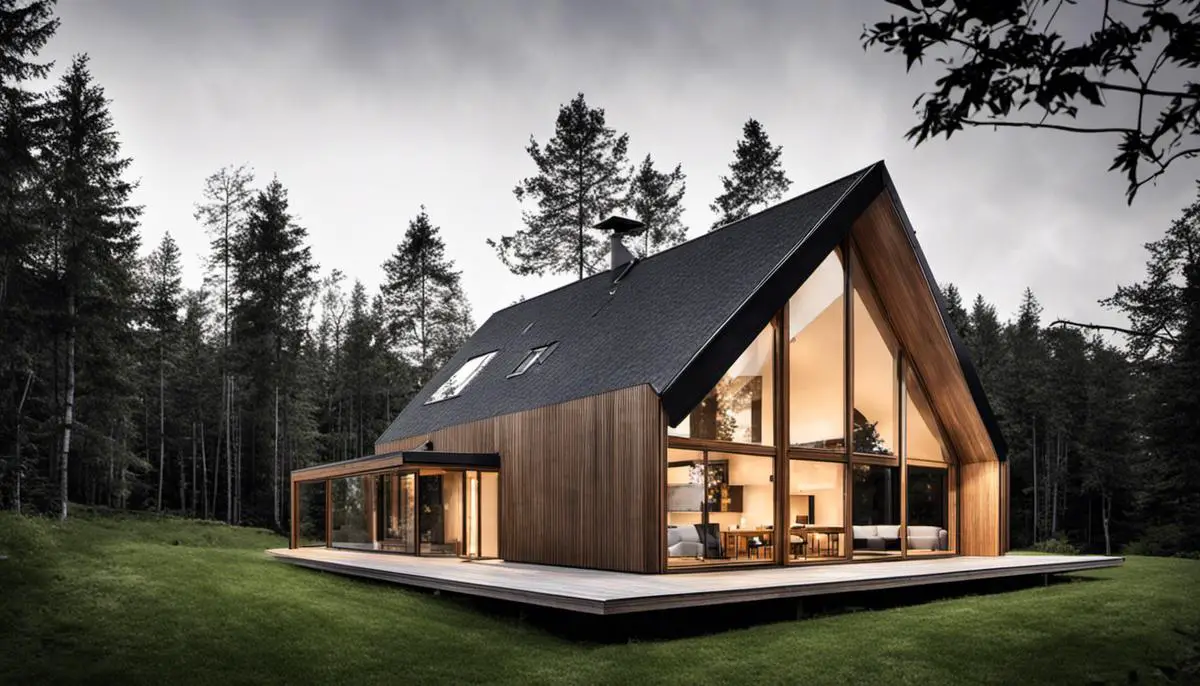
Distinctive Characteristics of Scandinavian Houses
Embrace of Simplicity and Functionality
Scandinavian house designs are celebrated worldwide for blending understated elegance with functional form. The essence of these iconic designs is a commitment to functionality that doesn’t sacrifice aesthetic appeal. The clean lines and minimalist decor incorporated into these homes embody a harmonious balance between visual charm and practical utility.
Further elevating the design approach is the seamless integration of indoor and outdoor elements, in keeping with the Scandinavian emphasis on a strong connection with nature. Large, strategically placed windows are a characteristic feature of these designs, promoting an abundance of natural light and contributing to an expansive sense of indoor space. This blend of design and environment reflects the Scandinavian love for the natural world while fostering an inviting, warm atmosphere.
Use of Natural Materials
In keeping with their close ties to nature, Scandinavian houses predominantly use natural materials in construction and design. High-quality woods like pine, oak, and birch are commonly used for flooring, furniture, and accent pieces, lending a touch of rustic charm to the home.
It’s also not uncommon to see elements of stone and metal incorporated into Scandinavian home designs. Moreover, these homes often feature organic textiles such as wool, linen, and cotton, enhancing their cozy and inviting allure.
Color Schemes in Scandinavian Design
Scandinavian color schemes are largely monochromatic, with a heavy reliance on neutral hues. White walls are typically complemented by earthy tones and muted shades of greys, browns, blues, and greens. This color palette reflects the region’s natural landscapes, contributing to the serene and tranquil ambiance of the house.
However, the simplicity of the color scheme does not translate to blandness. Pops of color are often introduced through accessories like cushions, rugs, and art pieces, adding visual interest without disrupting the harmonious balance of the space.
Textures in Scandinavian Houses
Texture plays a pivotal role in Scandinavian houses, adding depth and interest to the decor. This could range from smooth wood grains to soft woven textiles. Adding texture could include introducing sheepskin rugs, chunky knit throws, and handcrafted ceramics. This incorporation of various textures creates a warm, tactile environment, promoting comfort and relaxation.
Scandinavian House: Where Functionality Meets Simplicity and Essence of Nature
Scandinavian houses, while possessing common principles, each showcase their own individuality and unique charm. Characterized by a wonderful amalgamation of functionality, simplicity, and a profound appreciation of nature, these designs have withstood the test of time. They simultaneously captivate the eye while beautifully addressing the varied requirements of modern life.
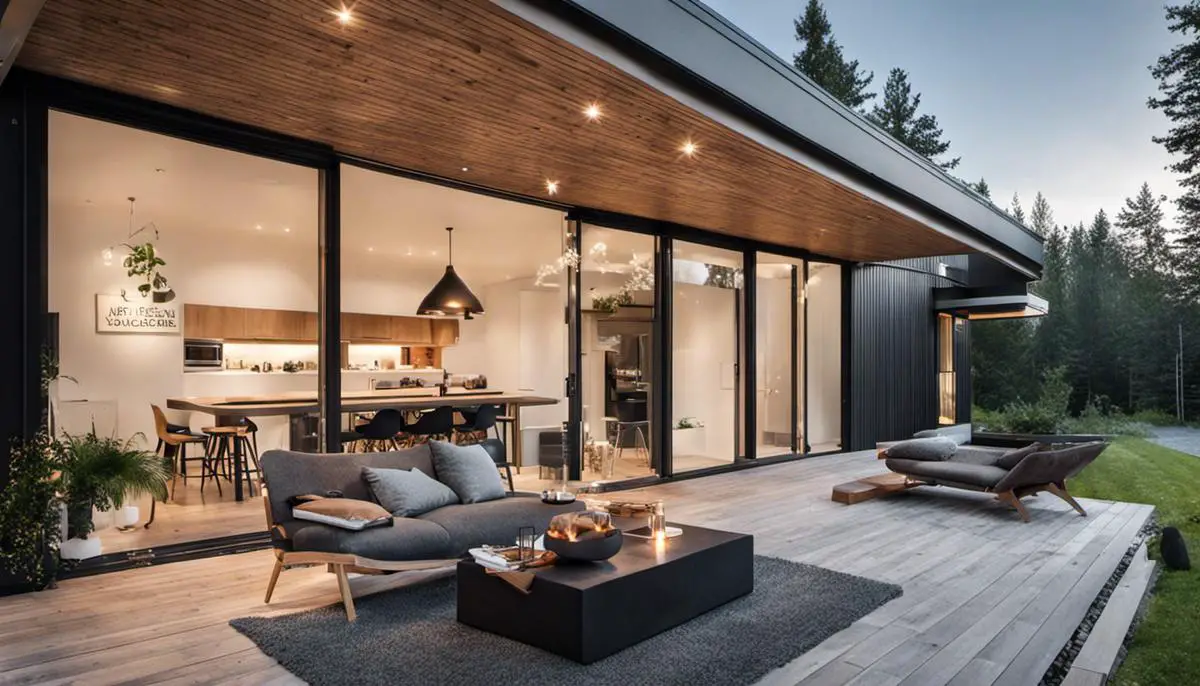
Famous Examples of Scandinavian House Designs
Experience Scandinavian Design: The Iconic Alvar Aalto Home in Finland
Among the revered jewels of Scandinavian house design is Alvar Aalto’s personal residence in Munkkiniemi, Finland. Completed in 1936, it perfectly exemplifies his visionary perspective in harmonizing modernist ideals with traditional Finnish sensibilities. The design is distinguished by an open floor plan, masterfully integrated with the encompassing natural environment, a notable characteristic of Scandinavian design. Revolutionizing the architectural world, Aalto’s skillful cultivation of natural components such as wood and brick in a sparse but functional environment is extraordinary. Today, this historical home serves as a museum, providing a window into Aalto’s personal world and influential design principles.

Skagen Yellow Houses in Denmark
The Skagen Yellow Houses in Denmark provide an iconic view of traditional Scandinavian architecture. These houses are named after their distinct yellow color, which was originally due to the use of ochre pigments in the paint. With white-framed windows, red tiled roofs and sturdy brick construction they are an epitome of Danish architectural style. While they might lack in architectural complexity, these houses are renowned for their simplicity, practicality, and the blinding beauty of their color contrasting the seascape. These houses have inspired many contemporary Scandivanian designers for their use of natural elements and simplistic design, turning them into a symbol of Denmark.
Stunning Loft House in Sweden
The Loft House in Sweden, created by renowned Swedish architect Claesson Koivisto Rune, redefines modern Scandinavian architecture. Its unique design features a single-story construction with a lofted multi-functional space that overlooks the living area. With myriad of windows, the house ensures an abundance of natural light penetrating every corner, a common trait of Scandinavian design. The house stands out for its minimalistic design, efficient use of space and atmospheric aesthetics. The Loft House offers a fresh, contemporary perspective on Scandinavian architecture, showcasing the power of simplicity and functionality.

Villa Mairea in Finland
Villa Mairea, located in Noormarkku, Finland, is an example of blending modernity and tradition within Scandinavian architecture. Designed by Alvar Aalto, the Villa Mairea shows the perfect harmony of human construction and nature. One of the stunning features of this villa is the organic usage of timber, bricks, natural stones, and glass, creating a fluid dialogue between the indoor and the outdoor. This house, completed in 1939, has had a profound influence on modernist architecture, specifically in the way it radically incorporated natural elements into the design structure, a prominent aspect of Scandinavian designs.
Fiskavaig Eco Home, Isle of Skye Scotland
The rising global emphasis on sustainable design has propelled Scandinavian design into international focus, primarily due to its inherent inclination towards local, natural materials and homely comfort. The Fiskavaig Eco Home, crafted meticulously by Rural Design Architects, is a notable embodiment of this focus. This minimalist, low-impact abode represents a careful exploration of how to combine comfort, fiscal mindfulness, and environmental awareness. Its lightweight structure is elevated to minimize soil disturbance, while the use of nearby sourced materials assists in decreasing the home’s carbon output. With the Fiskavaig Eco Home, the contemporary Scandinavian design once again demonstrates its strong commitment to sustainability, effectively influencing architects worldwide to embrace greener design approaches.
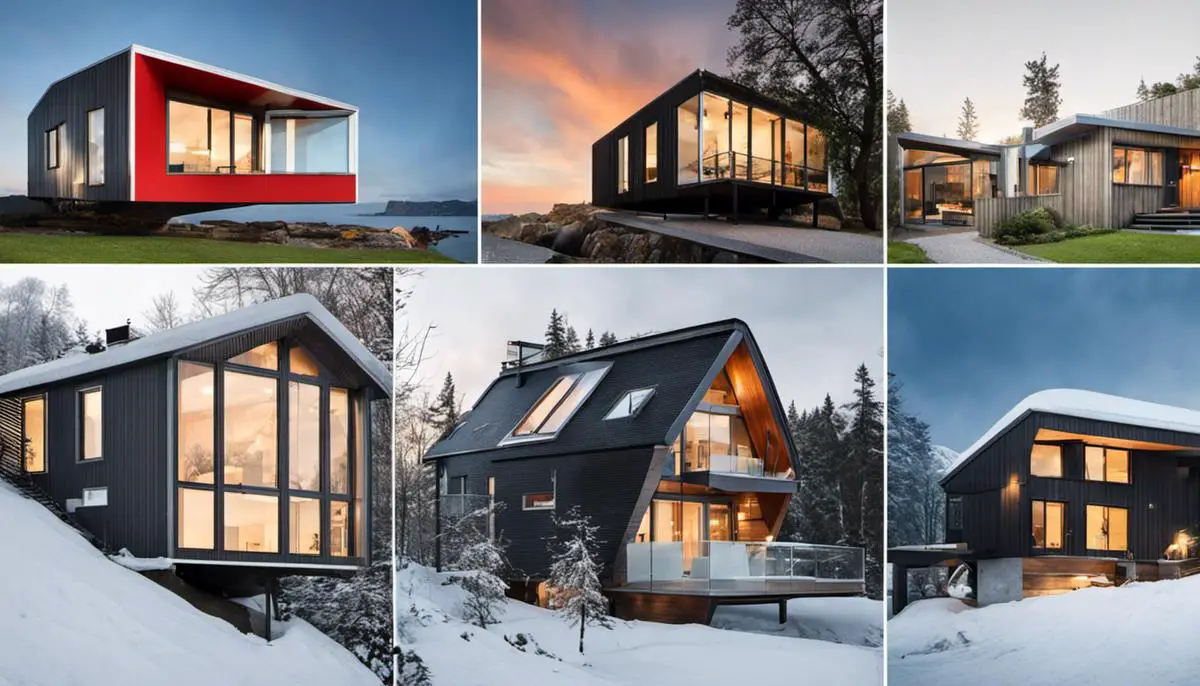
Influence and Adaptation of Scandinavian Design Globally
Key Principles of Scandinavian Design
The hallmark of Scandinavian house design lies in its streamlined, natural aesthetic, which is largely shaped by the Nordic climate and landscape. A “less-is-more” philosophy underscores their design approach, guiding the creation of homes characterized by functional design, sleek minimalist lines, and organic shapes.
Scandinavian designs also lean towards the use of light-hued woods such as pine, beech, and ash in their furniture as well as the foundational structure of homes. This preference for neutral color palettes, with an emphasis on white, amplifies the sense of spaciousness and allows for an abundance of bright, natural light – a highly valued feature in these designs. Furthermore, Scandinavian house designs display a strong commitment to sustainability. This is evident in various design elements, such as energy-efficient windows and doors, which reflect an overarching dedication to preserving the environment.
Global Influence and Adaptation
The popularity of Scandinavian design has swept across the global architecture and interior design landscapes. In many countries from the US to Japan, ‘Scandi style’ is being embraced for its functionality, simplicity, and serene aesthetics. Designers worldwide have adapted the style to local contexts, blending Nordic elements with local traditions and materials. For instance, in the US, houses integrate Scandinavian minimalism with a touch of Americana creating a fusion known as ‘Scandimerican’. This design uses the traditional color palette of Scandinavian design with the inclusion of warmer, rustic elements associated with American style.
The Scandinavian influence is also seen in commercial spaces like offices, restaurants, and hotels. These spaces mirror the Scandinavian focus on functionality, clean lines, natural light, and sustainability, enhancing the sensory experience for users or visitors.
Scandinavian Design in Home Decor and Lifestyle
Scandinavian design has deeply permeated home decor and lifestyle sectors globally. Its influence can be noted in the rise of ‘Hygge’, a Danish term for coziness and comfort, which has become a popular trend. This emphasis on comfort and simplicity has revolutionized home decor, extending from furniture pieces to kitchenware. Extensive use of natural materials, subdued hues, and simple lines are paramount in creating a tranquil living space synonymous with Scandinavian lifestyle.
The global furniture giant, IKEA, has played a significant role in popularizing Scandinavian design around the world. With its budget-friendly, flat-pack furniture, IKEA has made ‘Scandi style’ accessible to the general public. The prominence of ‘minimalism’ in recent years could also be credited to the Scandinavian influence, as it shares common ground in terms of clutter-free environments, quality over quantity, and an emphasis on function.

Scandinavian Sustainable Design
As climate change issues become more pressing, the sustainable aspect of Scandinavian design has gained heightened significance globally. The Nordic focus on eco-friendly living, ‘green’ designs using natural, renewable resources are now deemed supremely relevant and forward-looking. Thus, the concepts of energy efficiency, using renewable materials, and minimizing waste, integral to Scandinavian design, have found favor with architects and homeowners far beyond the Nordic countries.
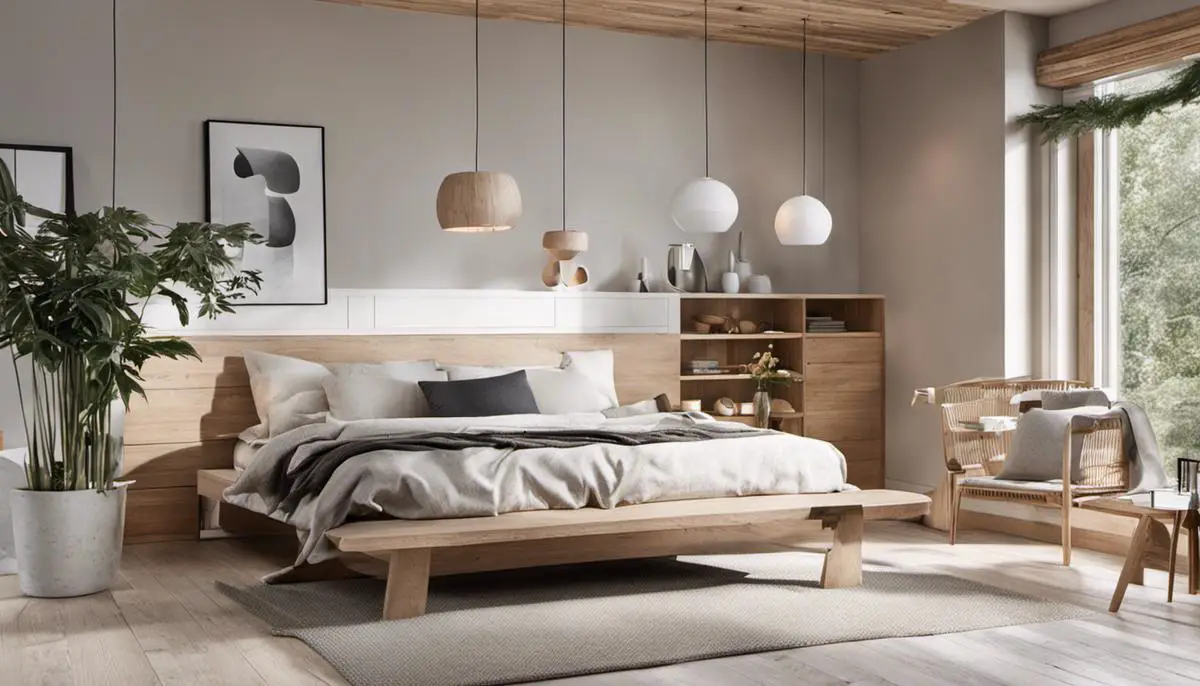
The visionary design principles seen in Scandinavian houses have transcended their regional origins, permeating the global architectural and design landscape. Simple, functional, and impeccably tasteful, Scandinavian designs have carved a niche for themselves in a realm that constantly seeks the perfect blend of beauty, efficiency, and sustainability. Evolving with time, this style has been adapted in various global contexts, seamlessly merging with local cultures and distinct architectural vocabularies to create a ‘Scandi style’ influence that is unparalleled. As we continue to find inspiration in the Nordic ethos of ‘less is more’, the principles of Scandinavian house design serve as a beacon, guiding our quest for functional simplicity, natural affinity, and tranquil living spaces.

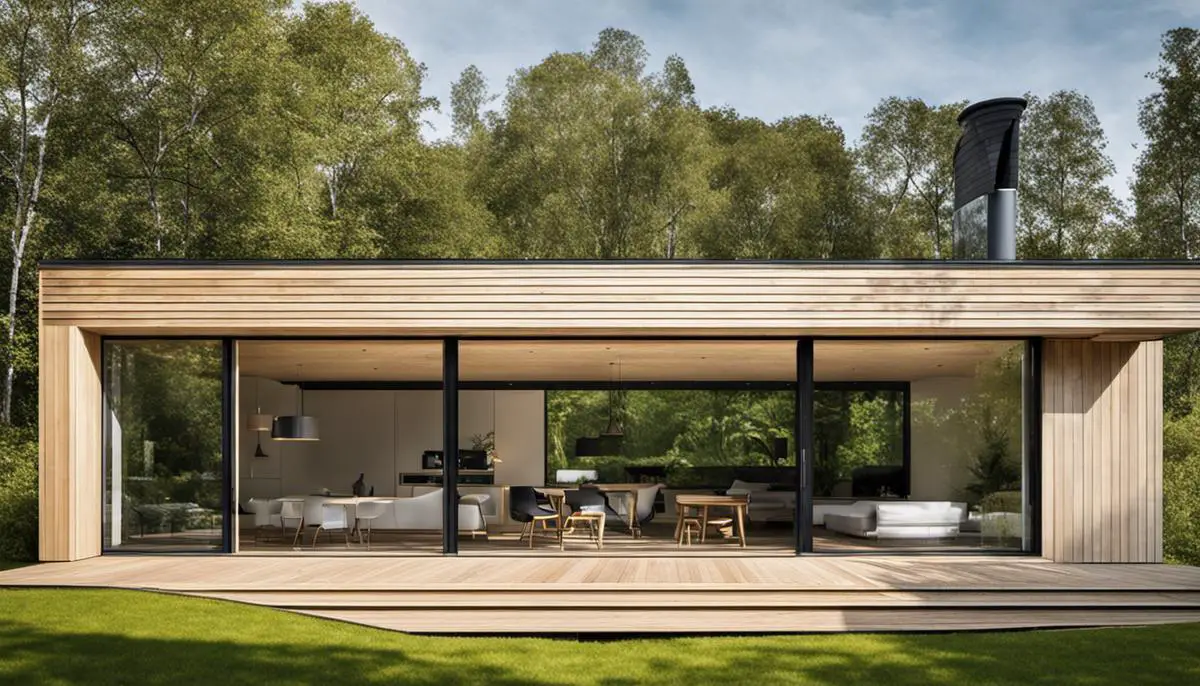
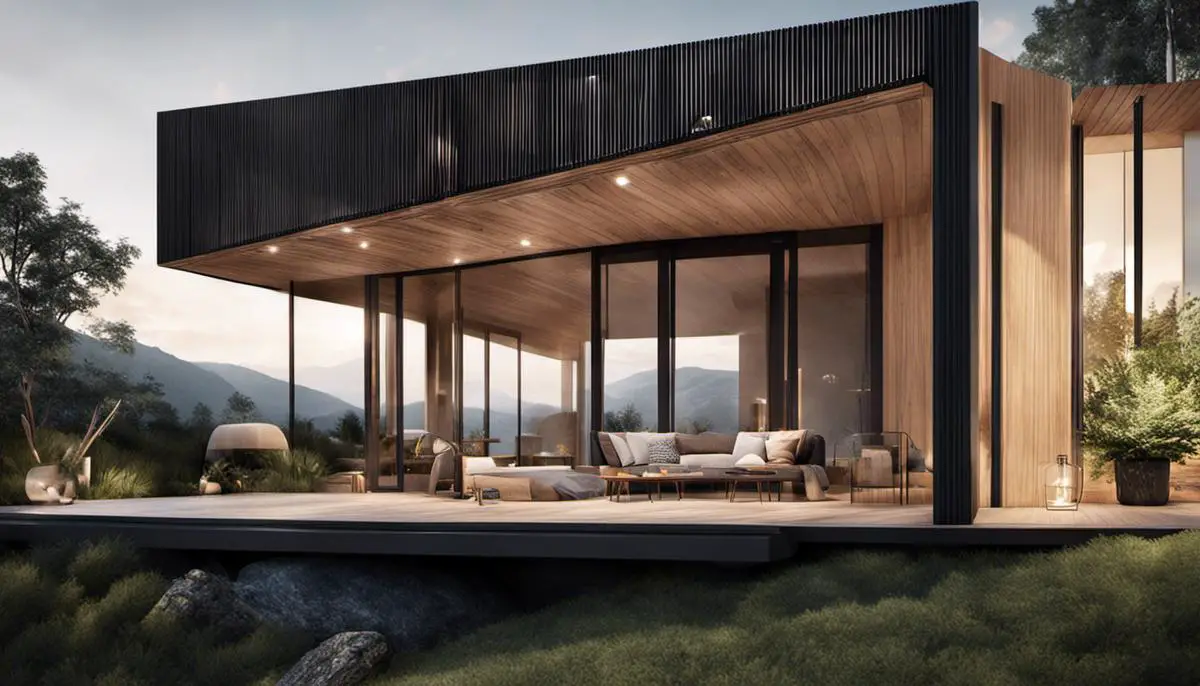
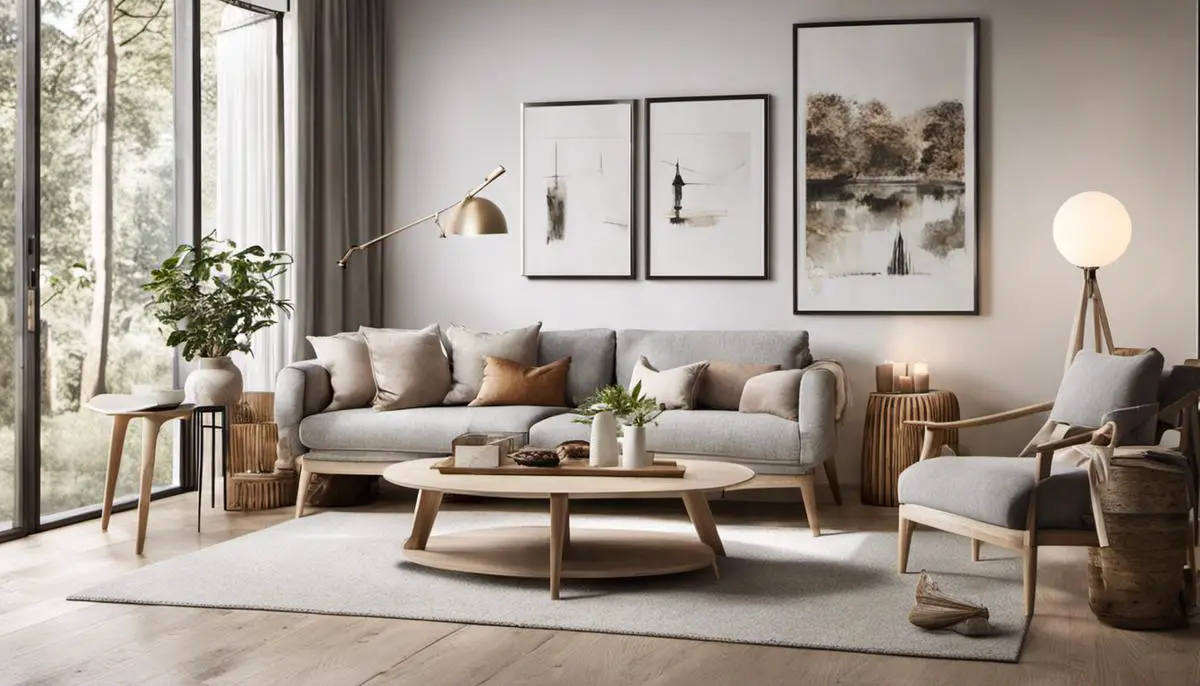
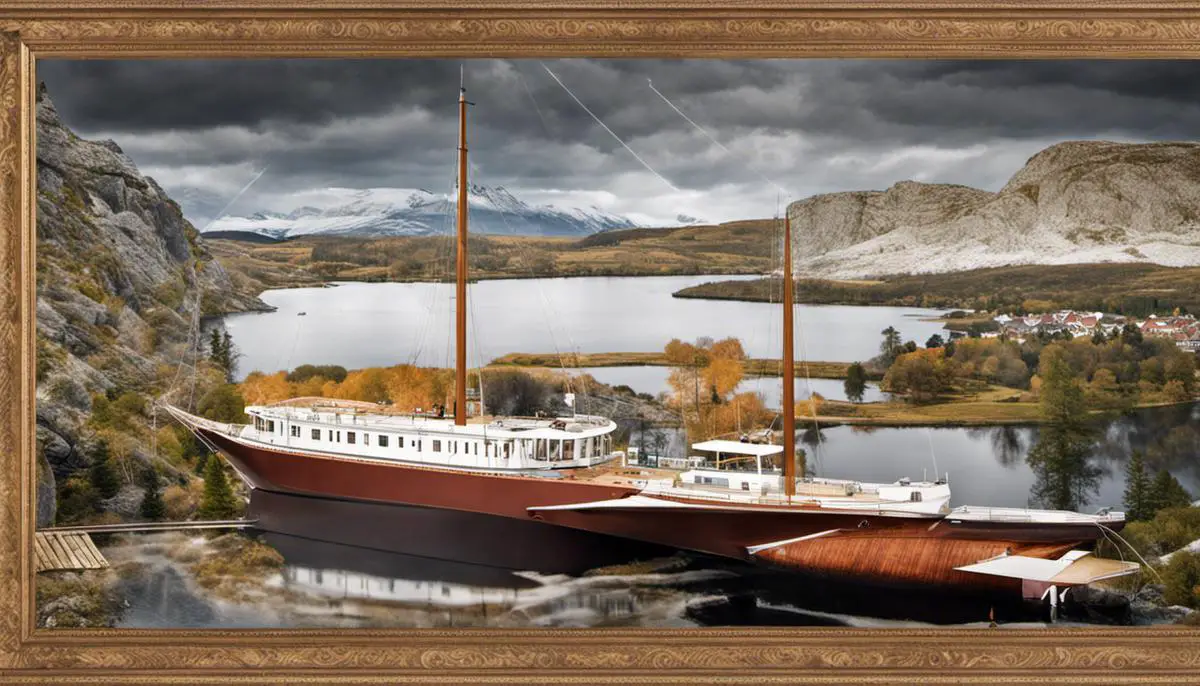
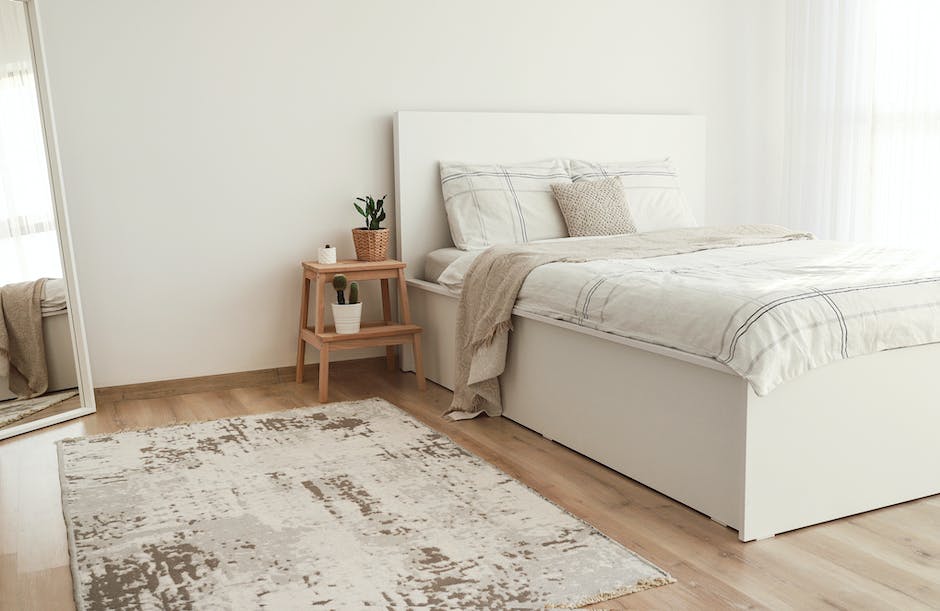
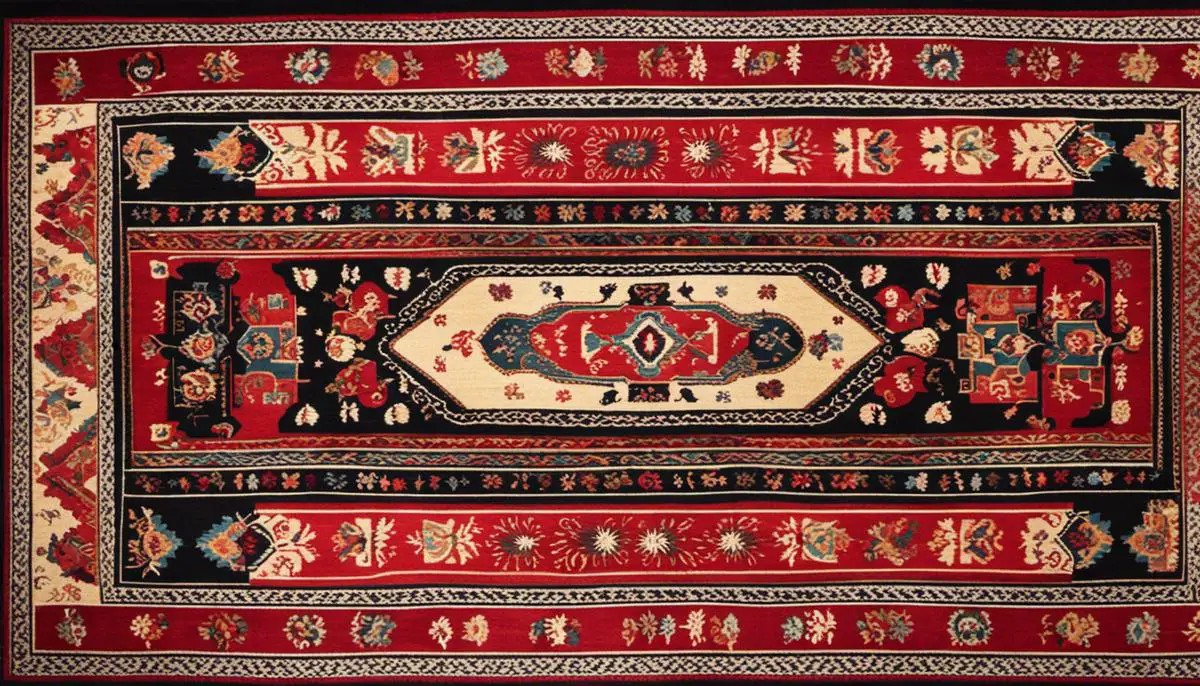
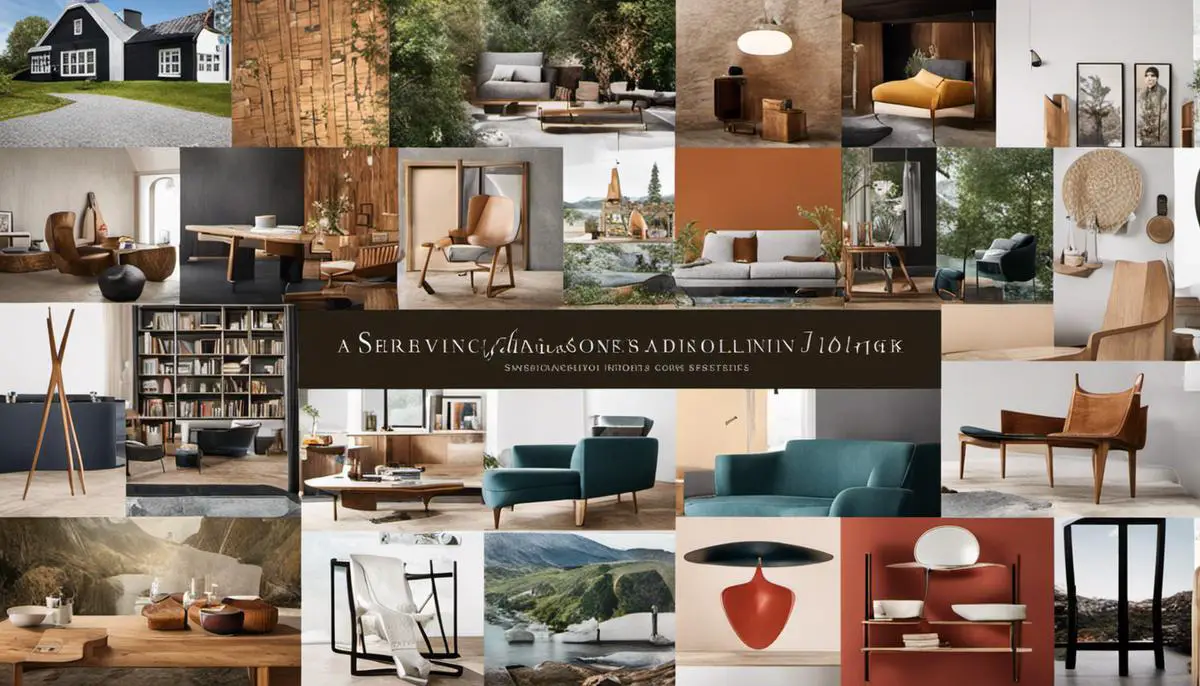

Leave a Reply